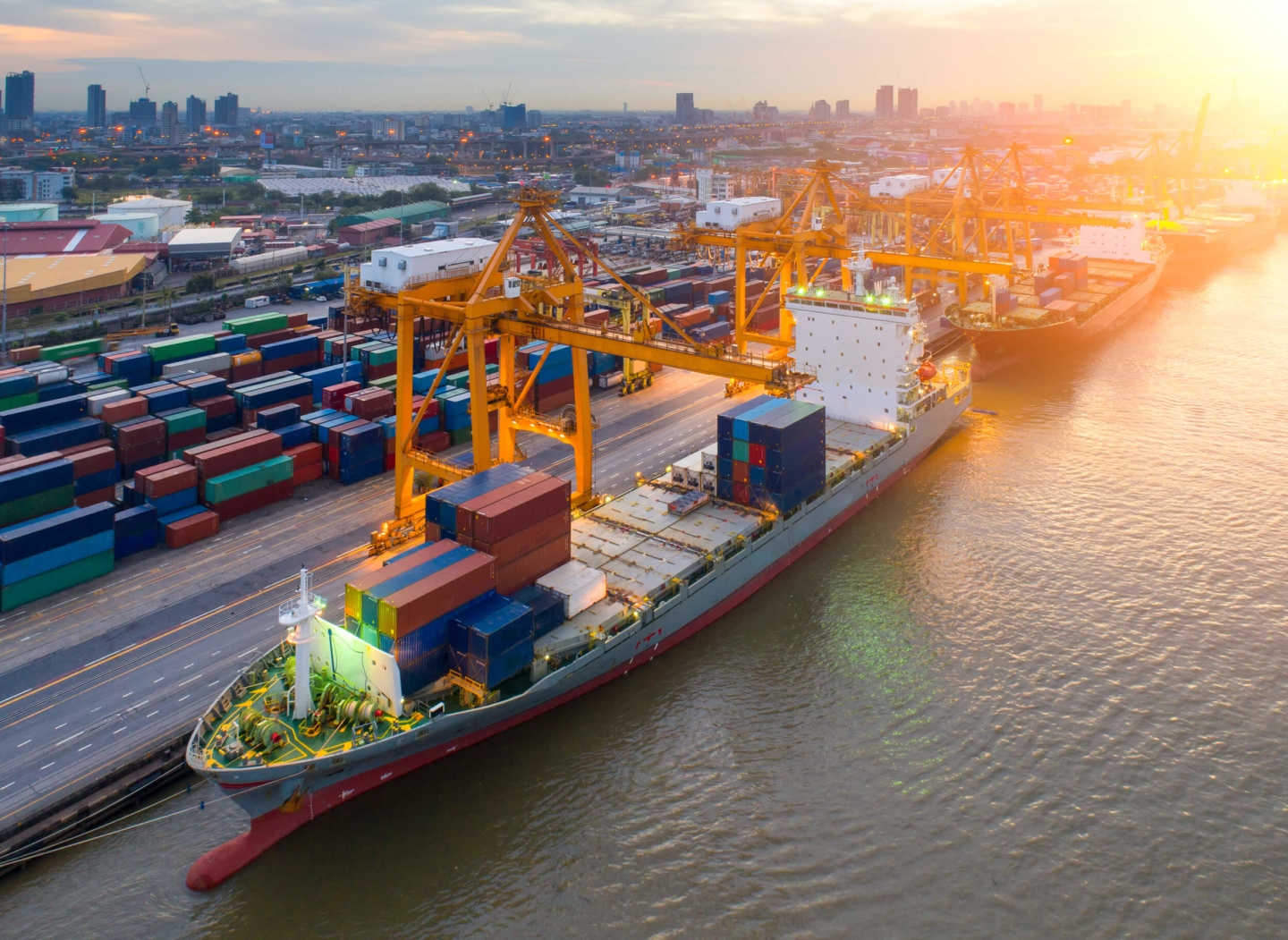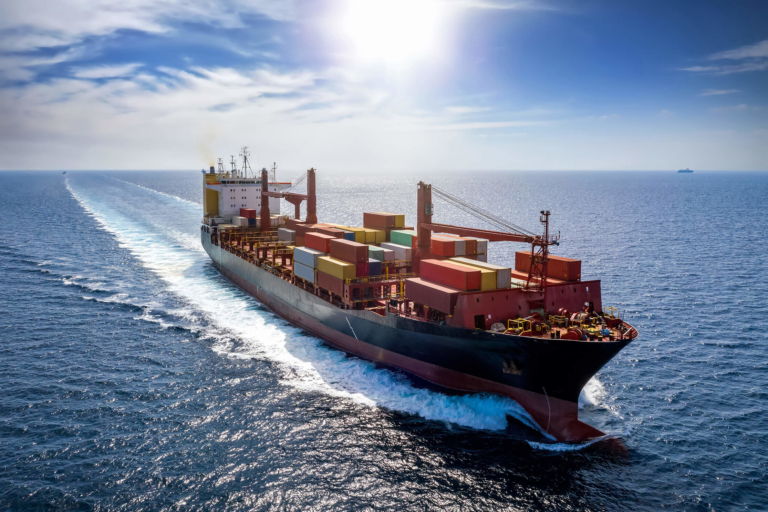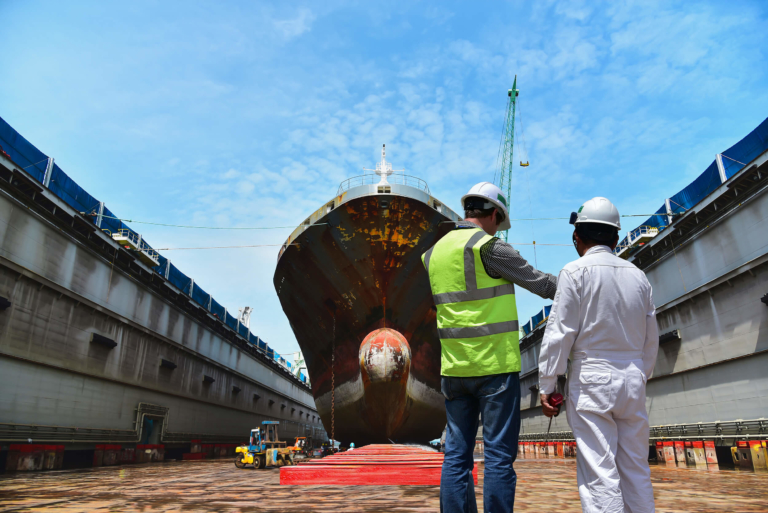Decarbonisation is likely to remain a front and centre priority for the maritime industry for several years to come. In this article, OneOcean Group explores the potentially unforeseen effects of new regulations to the commercial business side of shipping. What are these Pandora's Box issues?
The number one question being addressed by the global shipping industry today seems to be; How do we go about decarbonising our operations and complying with emerging regulations? But, along with these ongoing efforts to comply with decarbonisation efforts, there are other questions that should perhaps be asked as well.
Question 1. How will environmental objectives affect commercial interests?
Let's face it; complying with the regulations aimed at reducing greenhouse gas emissions is not necessarily in everyone's interests. It all boils down to the lay terms of a charter contract, which essentially determines who pays what.
Laytime demurrage charges are normally imposed on the charterer from the moment that the ship's notice of readiness for port arrival is tendered. Obviously, therefore, the sooner the ship can be berthed and its cargo unloaded – and/or loaded – the shorter the laytime. Demurrage charges payable to the owner are thus in direct relation to the length of the laytime, and the charterer benefits from short laytimes.
 A laytime is the time allotted to the charterer of a vessel for loading or unloading cargo.
A laytime is the time allotted to the charterer of a vessel for loading or unloading cargo.
To minimise demurrage charges, the charterer's interest is in reducing speed to achieve a just-in-time arrival rather than having to wait at anchor for a berth to open up. This reduces fuel consumption, which in turn reduces exhaust emissions, and is generally beneficial for the environment.
By contrast, the owner's interest can be in maximising the demurrage charges payable by the charterer. Therefore, the longer the laytime the more money the owner earns. From a financial point of view, it is thus better for the owner that the ship sails at full speed, burning much more fuel in doing so, so that it arrives early and has to wait longer at port.
As long as laytime remains an instrument of revenue or penalty, operators will be assessing which will cost them more, the compliance cost or the contractual cost. Under these circumstances, meeting the IMO's greenhouse gas reduction targets will be hard to achieve.
Question 2. Will future charter party terms include environmental compliance?
Charter party contracts typically specify the chartered vessel's performance criteria. These specify, for example, the fuel consumption at given speeds, thereby enabling the charterer to determine in advance the costs of operating the vessel. If the vessel fails to perform as laid out in the charter party contract, a non-performance claim against the owner can be made.
With the new carbon-restricting regulations, the question arises as to whether the ship is capable of complying with them. In other words, will this become a charter party issue leading to environmental non-compliance claims being made?

Aerodynamics, wind resistance, waves, and drag greatly affect the fuel consumption of a vessel. Slow steaming, where the vessel travels under 20 knots per hour, is the most fuel-efficient but least timely option for shipping goods.
Question 3. How will the regulations impact hire rates?
Slow steaming to reduce fuel consumption and minimise emissions could become a standard operating practice for ensuring compliance. However, this will likely lead to less tonnage being available since more and more ships will be in service at sea. The result will be an imbalance between supply and demand, and hire rates could well increase accordingly. More and more vessels will also be in dry-dock undergoing retrofitting to make them compliant, which leads also to the next question.
Question 4. How will the shipyards be affected by the new regulations?
The Energy Efficiency Existing Ship Index (EEXI) regulations that enter into force in 2023 require considerable retrofitting actions to make ships compliant. Dry-docking availability is being reduced as this retrofitting increases. Consequently, as the yards get busier, the costs for both retrofits and newbuilds are likely to increase.
The knock-on effect of this is that owners may well decide that making their ships compliant is not worth the cost. The ships could, therefore, be scrapped or put on the market cheaply, and this may in turn have implications for the sales and purchase (S&P) market.
Question 5. What happens if there is a slump in the market?
It can already be seen that compliance comes at a financial cost. Owners and their ship managers are having to make some major investment decisions regarding having their fleets fitted to be compliant. Newbuild plans are also being affected. Should a slump in the market happen, the financial burden imposed by these investment costs could be considerable.

Fitting vessels with modern bulbous bows can help ensure compliance with upcoming decarbonisation regulations, as these can reduce fuel consumption considerably. The problem: these upgrades can be costly and require vessels to be out of commission for the duration of the upgrade.
The point is that however good intentioned and ultimately beneficial the decarbonisation of shipping is, it will involve more than developing new technologies and testing alternative fuels. It comes with a number of commercial complexities, some of which are outlined in this blog. These need to be addressed, otherwise enforcing compliance without considering the likely repercussions could be opening a Pandora's Box full of challenges.
To find out more about the commercial impacts of upcoming decarbonisation regulations, access OneOcean's white paper on
The Disruptive Effects of Maritime Decarbonisation.
Source: OneOcean
The opinions expressed herein are the author's and not necessarily those of The Xinde Marine News.
Please Contact Us at:
media@xindemarine.com


 A laytime is the time allotted to the charterer of a vessel for loading or unloading cargo.
A laytime is the time allotted to the charterer of a vessel for loading or unloading cargo.

 Ningbo Containerized Freight Index Weekly Commentar
Ningbo Containerized Freight Index Weekly Commentar  Ningbo Containerized Freight Index Weekly Commentar
Ningbo Containerized Freight Index Weekly Commentar  Ningbo Containerized Freight Index Weekly Commentar
Ningbo Containerized Freight Index Weekly Commentar  BIMCO Shipping Number of the Week: Bulker newbuildi
BIMCO Shipping Number of the Week: Bulker newbuildi  Ningbo Containerized Freight Index Weekly Commentar
Ningbo Containerized Freight Index Weekly Commentar  Ningbo Containerized Freight Index Weekly Commentar
Ningbo Containerized Freight Index Weekly Commentar